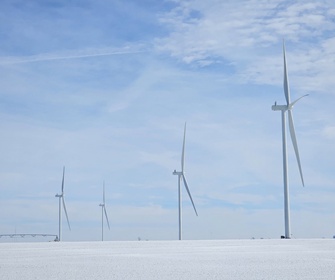The Global Wind Energy Council (GWEC) and MEC Intelligence (MEC+) have launched “Renewing wind growth to power the energy transition: India Wind Energy Market Outlook 2026”. The outlook suggests that the country can add another 23.7 GW of capacity within the next five years provided necessary enabling policies, facilitative instruments, and the right institutional interventions are put in place.
Wind power constituted the majority of the renewable energy mix in India, with 37.7% of cumulative installed capacity, as of March 2022. However, the overall estimated potential dwarfs the current installed capacity. There is over 600 GW of onshore capacity at 120m hub height, with another 174 GW of fixed-bottom and floating offshore wind potential. The outlook finds that the market in India has been affected by the pandemic, with the second wave of COVID-19 in the country, coupled with global supply chain challenges, causing disruption. However, the Ministry of New and Renewable Energy (MNRE) took several measures at this time. For example, the ministry granted a blanket timeline extension, which pushed the 0.7 GW of delayed projects to 2022.
Between 2021 and until the release of this edition, 2.65 GW of the SECI awarded wind/solar hybrid (WSH) tenders and 3.5 GW of standalone wind projects were awarded. Unlike the previous years, both standalone and hybrid projects were oversubscribed, this reinstates the ever-growing prominent role of wind energy for decarbonization and resilience building in the grid system.
The outlook provides insight into how the country can unlock the full potential of wind resources with five broad recommendations:
- Strengthen consensus and coordination between central and state governments
- Promote technology exchange and alignment to the global wind supply chain
- Exploit repowering opportunities that offer an efficient pathway for India to maximize productivity and socioeconomic benefits from sites already designated for onshore wind power production
- Address the legacy challenges which have disrupted the development of wind energy
- Finalise and implement offshore wind development roadmaps








